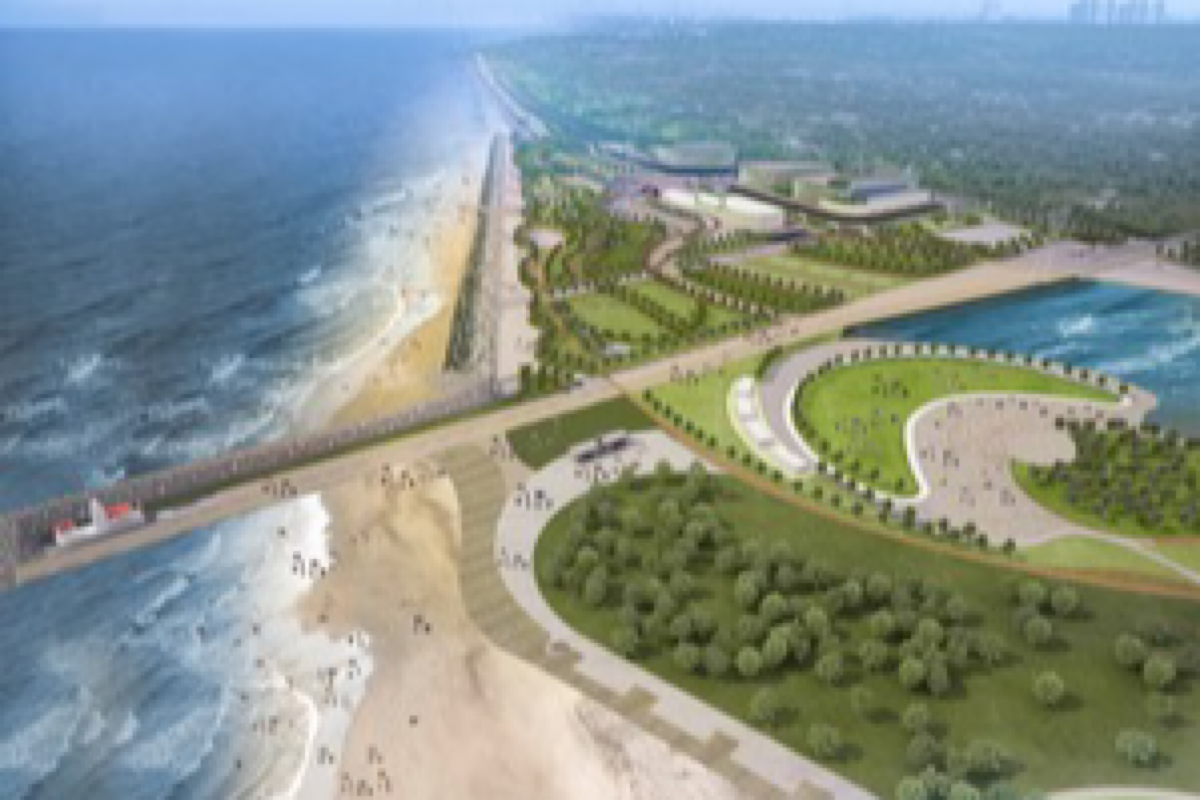MiG-29 training flight ends in crash near Agra
Luckily, no casualties were reported and the pilot of the fighter aircraft successfully ejected to safety before the aircraft hit the ground and caught fire.
These three cities with population of more than one million, have topped the Swachh Vayu Survekshan (clean air survey) Awards for clean air, the government announced on Saturday.

Surat (Photo:IANS)
Surat has emerged as the leading city in India for air quality improvements, followed by Jabalpur (Madhya Pradesh) and Agra (Uttar Pradesh).
These three cities with population of more than one million, have topped the Swachh Vayu Survekshan (clean air survey) Awards for clean air, the government announced on Saturday.
Union Environment Minister Bhupender Yadav and Rajasthan Chief Minister Bhajan Lal Sharma presented the awards to the best-performing cities where the National Clean Air Programme (NCAP) is being implemented.
Advertisement
In the category for population between 300,000 and 1 million, Firozabad (Uttar Pradesh), Amravati (Maharashtra) and Jhansi (Uttar Pradesh) were recognised as the top three and for cities with fewer than 300,000 people, the toppers were Raebareli (Uttar Pradesh), Nalgonda (Telangana) and Nalagarh (Himachal Pradesh).
Municipal commissioners of winning cities were awarded cash prizes, trophies and certificates.
The Ministry of Environment, Forest and Climate Change (MoEFCC) reported that 51 cities have shown a reduction in PM10 levels by more than 20 per cent compared to the base year 2017-18, with 21 of these cities achieving a reduction of over 40 per cent.
According to the NCAP assessment document, sectors given weightage include biomass and municipal solid waste burning, road dust, dust from construction and demolition waste, vehicular emissions and industrial emissions, among others.
Experts have previously noted that NCAP does not focus on combustion sources and may not be effectively curbing toxic emissions.
A Centre for Science and Environment (CSE) assessment released in July found that road dust mitigation has been the primary focus of NCAP, which was launched in 2019 as the first effort to set clean air targets for 131 polluted cities and reduce particulate pollution nationally.
The assessment revealed that 64 per cent of the total funds (Rs 10,566 crore) has been allocated to road paving, widening, pothole repair, water sprinkling and mechanical sweepers. Only 14.51 per cent of funding has been used for controlling biomass burning, 12.63 per cent for reducing vehicular pollution and a mere 0.61 per cent for controlling industrial pollution.
“The primary focus of the funding is thus road dust mitigation,” the assessment said.
NCAP aims to reduce particulate pollution by up to 40 per cent by 2025-26 from the base year of 2019-20. It is India’s first performance-linked funding programme to improve air quality.
Originally, NCAP was planned to tackle both PM10 and PM2.5 concentrations in the 131 non-attainment cities. In practice, only PM10 concentration has been considered for performance assessment. PM2.5, the more harmful fraction largely emitted from combustion sources, has been neglected, according to CSE findings.
Advertisement